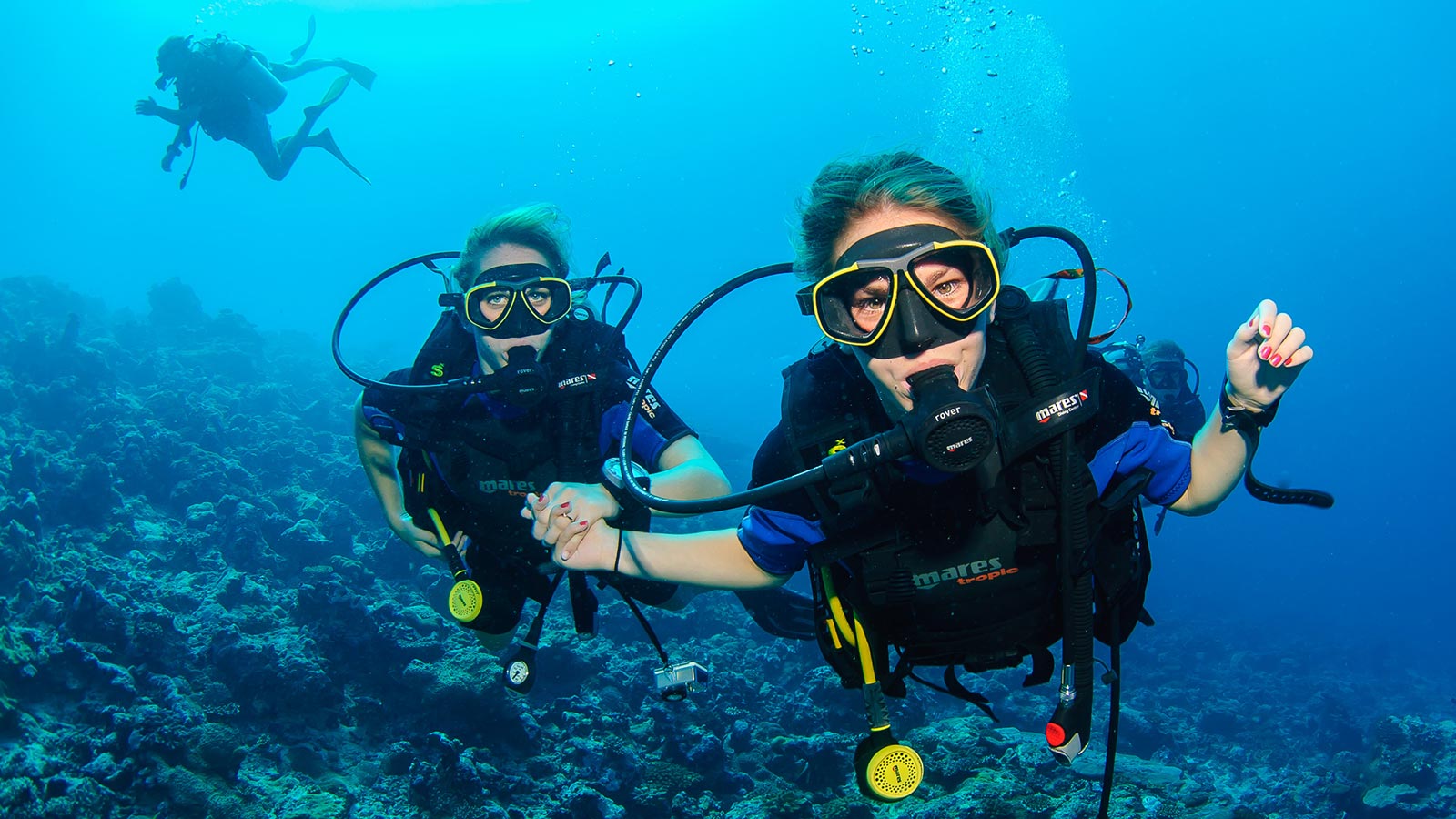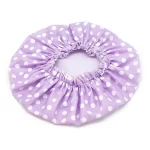Those who dive know how easy and fun the practice of this fascinating activity is. Only those who dive can persuade others to enter the underwater world. But sometimes, the amount of equipment and its apparent sophistication scares even lay people, though interested.
So, practice of snorkeling is better than convincing friends and relatives to start diving. Snorkel is the denomination of a part of the diver’s equipment. This is the famous tube that allows breathing on the surface without having to take your head out of the water.

Swim on the surface with the help of flippers and observe the bottom through a mask and snorkel to breathe, being able to stick to what happens down there, is what we call snorkeling. You want something easier than this. Even people, who have always had fear and difficulty in swimming, will discover a fantastic new way to stay in the water.
But attention: snorkeling is not diving in apnea, although it is possible for those practicing to experience small and rapid descents to the bottom, always shallow. This is because the practice itself requires good observation of the bottom during swimming. The low depth leaves the life underwater and its colors closer to our eyes, not requiring special visibility, although when the water is transparent, the spectacle is always better.
Practicing snorkeling is an excellent low-effort physical exercise and underwater breathing training, being a great preparation for the practice of free and autonomous diving, since it makes the practitioner get used to the use of basic equipment like mask and fins.
Unfortunately, very few schools and dive operators have realized the importance of this fundamental diving discipline. The trend is to find free diving courses that are beyond the practice of snorkeling. A single lesson would be enough (both in the pool and at sea) for anyone to be able to begin this practice. You can look for further diving equipments to enhance your experience.












